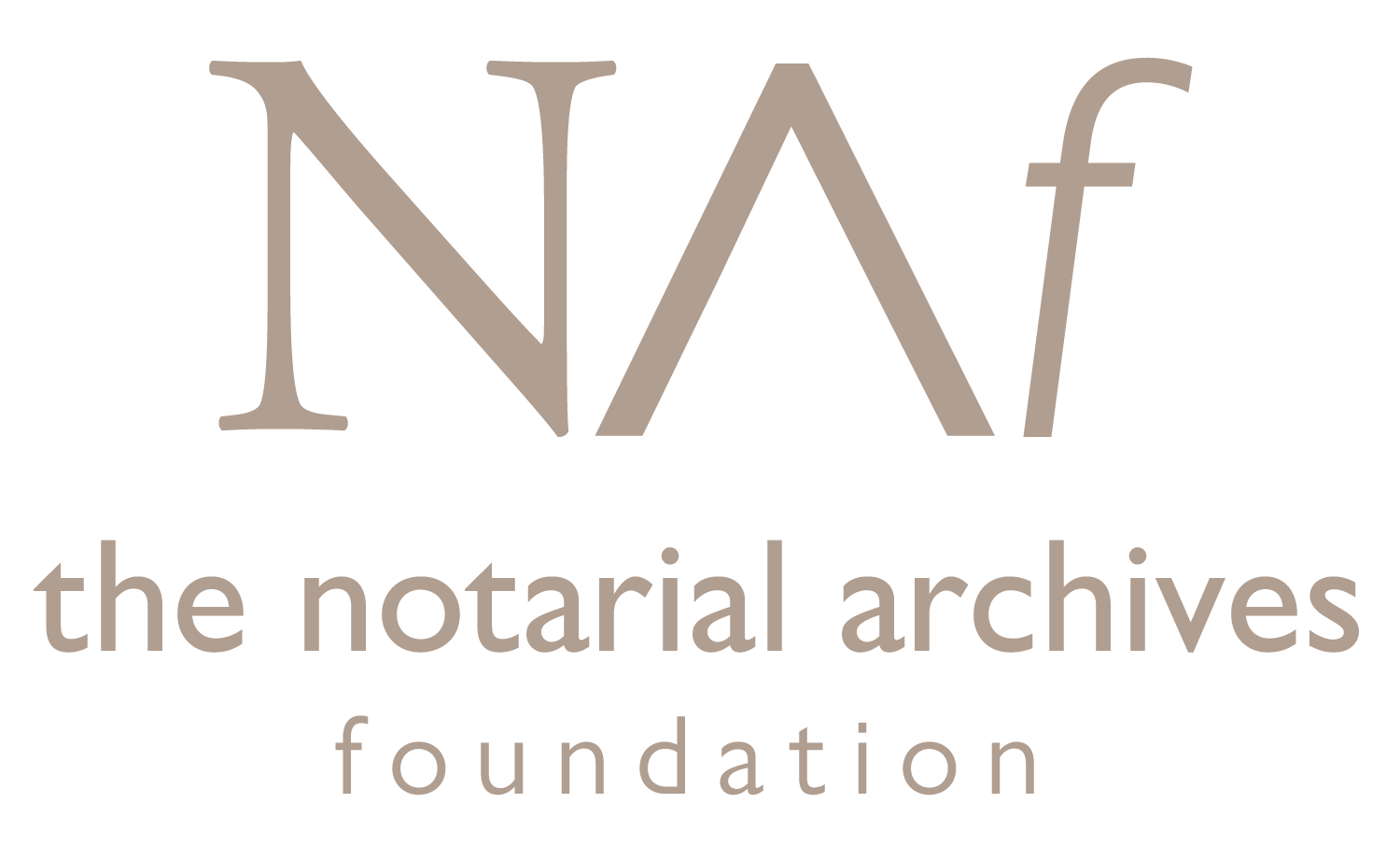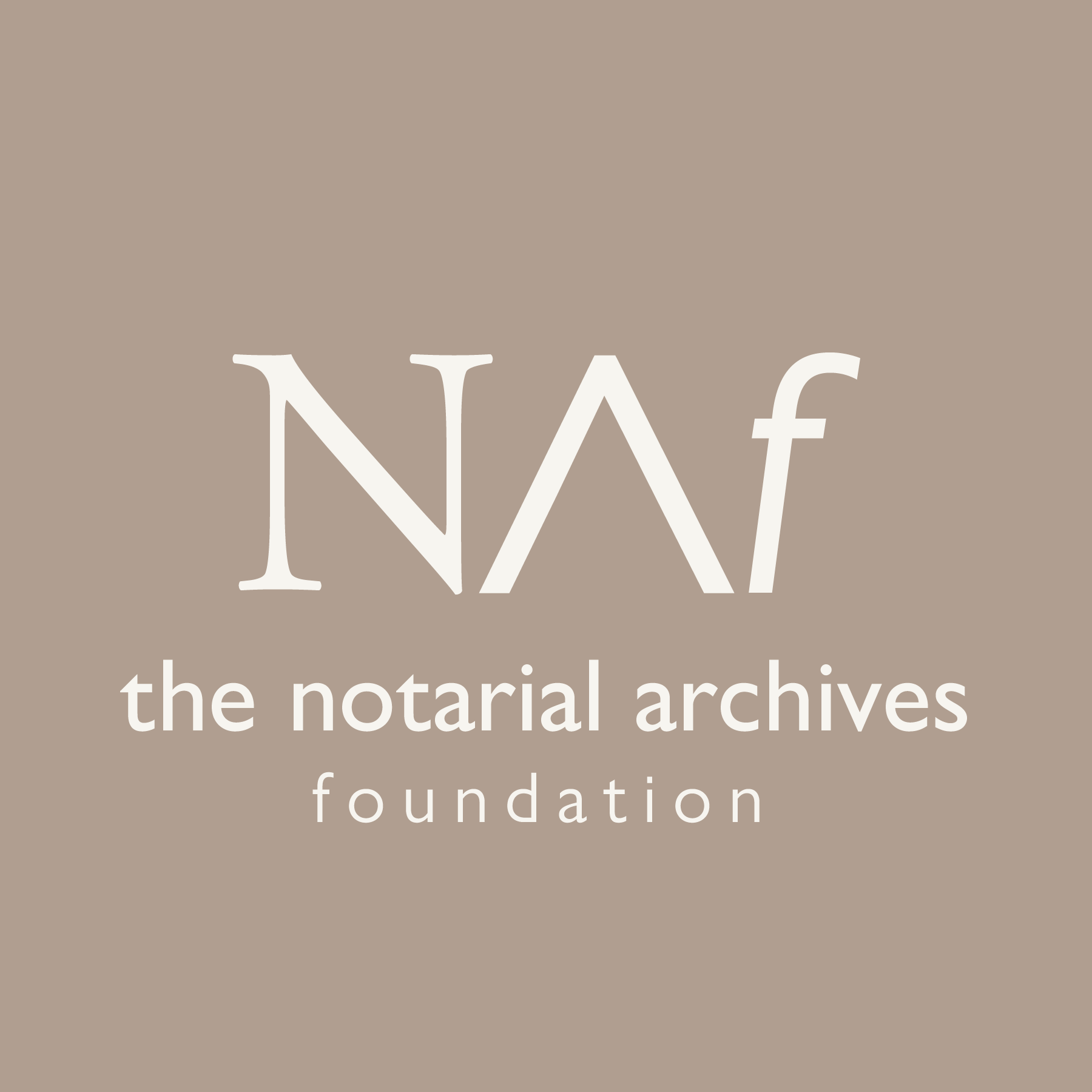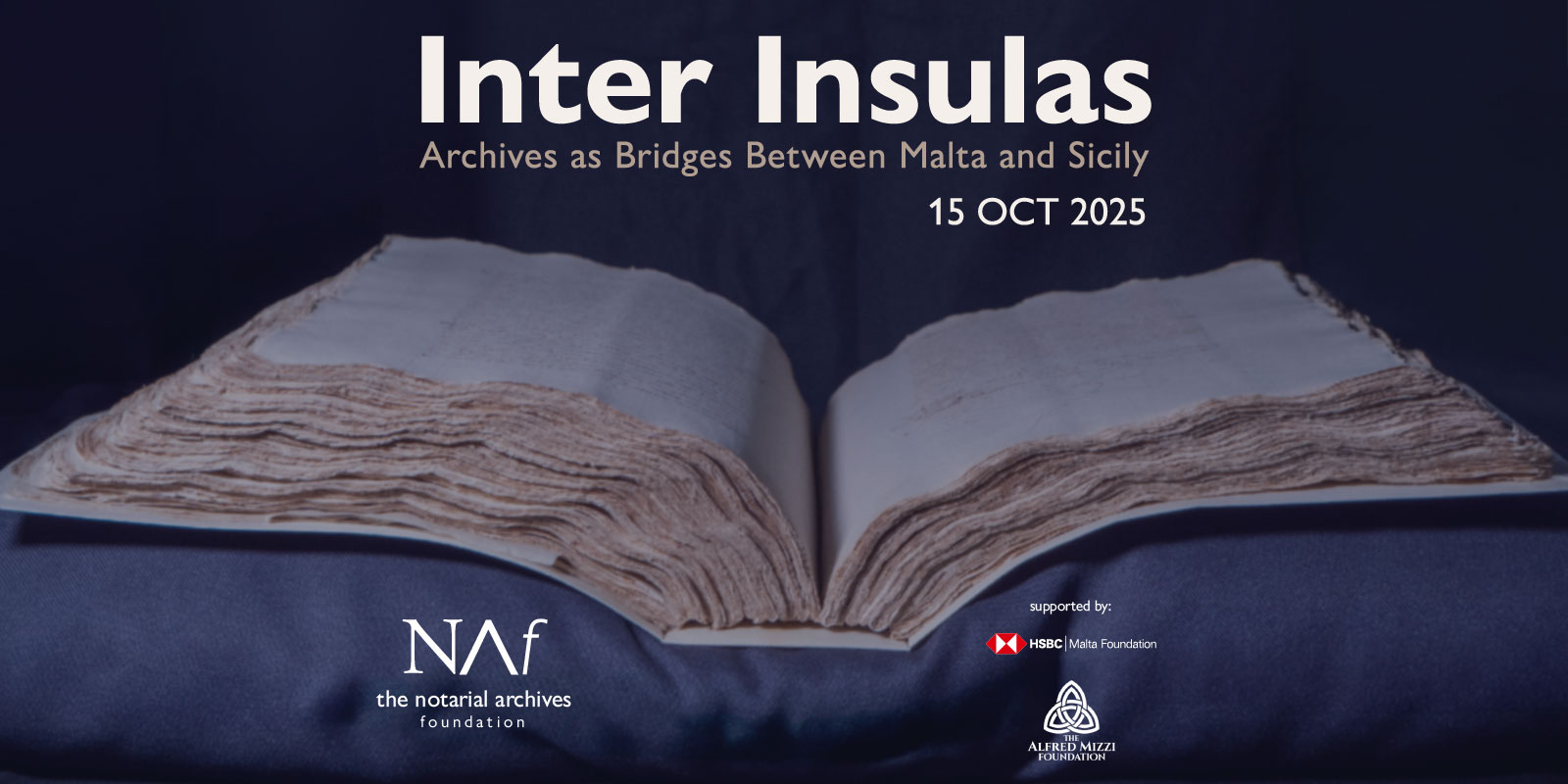The Story of the Notarial Registers Archive and the NAF
The Story of the Notarial Registers Archive and the Notarial Archives Foundation
The story of the Notarial Registers Archive and the Notarial Archives Foundation start in the late 15th century, marking the beginning of a long and often tortuous journey.
It all started three years after the Great Siege, and two years into the building of Valletta, when Julio Bustra of Cyprus bought a plot of land at 217, St Paul Street. The following year, Francisco de Andrea de Minicuchi of Pisa purchased the adjoining plot at 24, St Christopher Street. Both built palazzi in the Baroque style, which would become popular in the 17th and 18th centuries, and the two buildings began their long life hosting a variety of users, ranging from shops to apartments and public offices. Eventually, they became the home of the Notarial Registers Archives, but it took more than 400 years for this to happen.
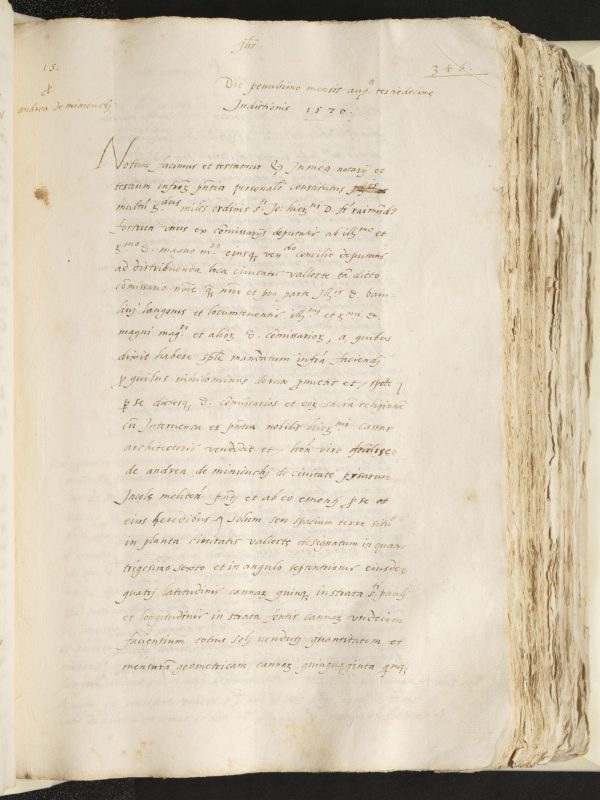
The Many Homes of the Notarial Archives
The Notarial Archives were originally established in 1640 by a decree issued by Grand Master Lascaris. Initially, half of the collection was housed in Mdina, while the other half was in Valletta. In 1850, the entire collection was moved to Valletta. Later, as the Second World War threatened to reach the islands, part of the collection was moved to the Auberge d’Italie, and the rest to a basement in St Andrew’s Street. When the latter suffered a direct hit during the war, burying volumes under debris, the collection was moved to the basement of Auberge d’Italie, separating the Registers from the originals and sending them back to Mdina, where they were safely stored in two rooms within the city’s bastion walls.
By the 1960s, the collection was split neatly into two: the original manuscripts found their home at the repository in Valletta’s Mikiel Anton Vassalli Street, where they still reside, while the Registers (copies which were faithfully transcribed from the original manuscripts at the same time the originals were written) and Bastardelli (drafts of notarial deeds) were taken to the palazzo which de Andrea de Minicuchi had built 400 years earlier in St Christopher Street.
After centuries of being uprooted and relocated, the Notarial Archive finally seemed to have found a permanent home in the two Valletta repositories. However, it would be another four decades before the collection at St Christopher Street would receive some care.
From Neglect to Hope
One Tuesday morning in 2002, Dr Joan Abela, who was then an undergraduate history student at the University of Malta, walked into the palazzo housing the Notarial Registers Archive and saw a sight that would forever change her life and the fate of that repository. She had been conducting research at the repository in Mikiel Anton Vassalli Street and wanted to access the work of the 16th century notary Placido Abela, but nothing had prepared her for the contrast between the two archives.
Not only was the Notarial Registers Archive open only on rare Tuesdays when someone happened to be there, but the volumes stored within it were in a pitiful state. Dust-covered registers and loose folios sat on wooden shelves or were unceremoniously dumped on the floor. Some volumes even had leftover debris from the war stuck between their pages. There was no order to the documents, and the palazzo’s dark, damp conditions were only accelerating their deterioration. Soon after her first visit, Joan returned to find garbage bags stuffed with loose folios, ready to be disposed of. Someone had presumably thought they were tidying up by doing the unthinkable.
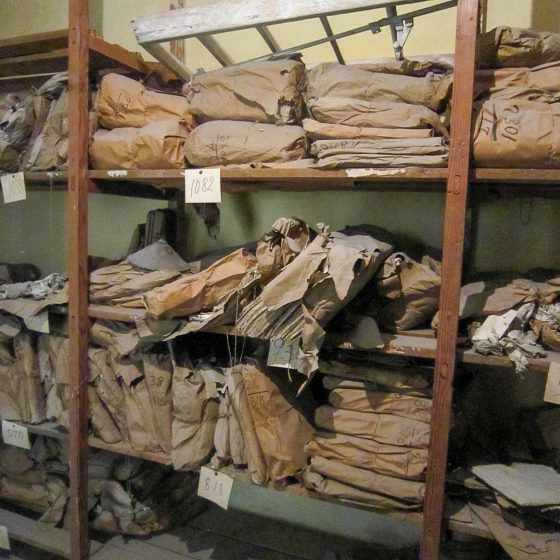
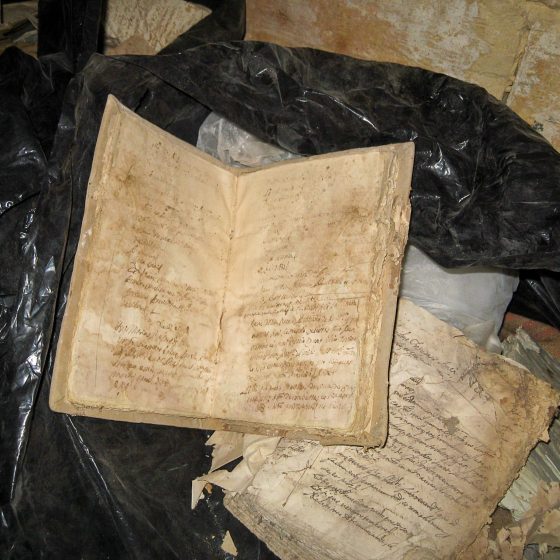
Saving the Archive
Faced with this heartbreaking reality, Joan Abela stepped in, advocating for the archive and rallying other historians and professionals who would help her in her mission to save Malta’s paper heritage from being permanently lost. The sad truth is that, for decades, these manuscripts had been dismissed as not important enough to warrant their conservation. They had only been kept because the law states that notaries must keep copies of their deeds, but what Joan saw was six centuries of Maltese life at risk of being forgotten. Since the 15th century, notarial deeds and related documents have provided insights into the lives of people from all social classes. These manuscripts, which had been left to rot, contained precious information about the daily lives and relationships of both nobles and peasants, about slavery and trade, and even eye-witness accounts of historical events.
Three years after that fateful first visit to the Notarial Registers Archives, Joan founded the Notarial Archives Resource Council (NARC). This voluntary organisation was created to raise awareness about the state of the Archive and the importance of safeguarding Malta’s paper heritage. Its mission also focused on securing funding for the rehabilitation and conservation of the Archive and its collection. This was no easy feat. The archive was getting no help from the government, so the only option was to seek financial help from the private sector through sponsorships.
Turning Stories into Support
This is when NARC came up with an ingenious fundraising initiative: the Adoption Scheme. Through it, individuals and organisations could sponsor the conservation of specific volumes or entire series of registers of a particular notary. Where at first there was skepticism about the private sector’s role in this project, the lives and stories captured within the archive’s manuscripts convinced sponsors that this heritage was worth saving.
Meanwhile, Joan gathered a team of volunteers, including a professional book and paper conservator to help preserve the collection, while working relentlessly to garner more support. The team’s efforts were rewarded eleven years later, when the Notarial Registers Archive was awarded an ERDF Development Grant to transform the Archive into a centre of excellence. This included the restoration of the two historic buildings in St Christopher Street and St Paul Street, the installation of the first climate-controlled repository on the islands, a fully equipped conservation laboratory, a reading room, a museum, and other essential improvements.
By the following year, through the ongoing engagement of professionals, researchers, artists, students, and a growing team of dedicated volunteers, the Notarial Archives Resource Council (NARC) had evolved into an interdisciplinary community, reflecting the wide-reaching impact of the Archives and uniting people from diverse fields around the shared goal of preserving Malta’s written heritage.
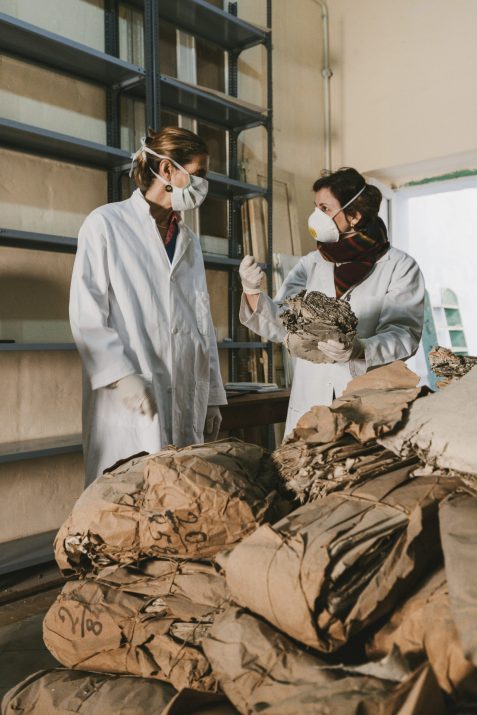
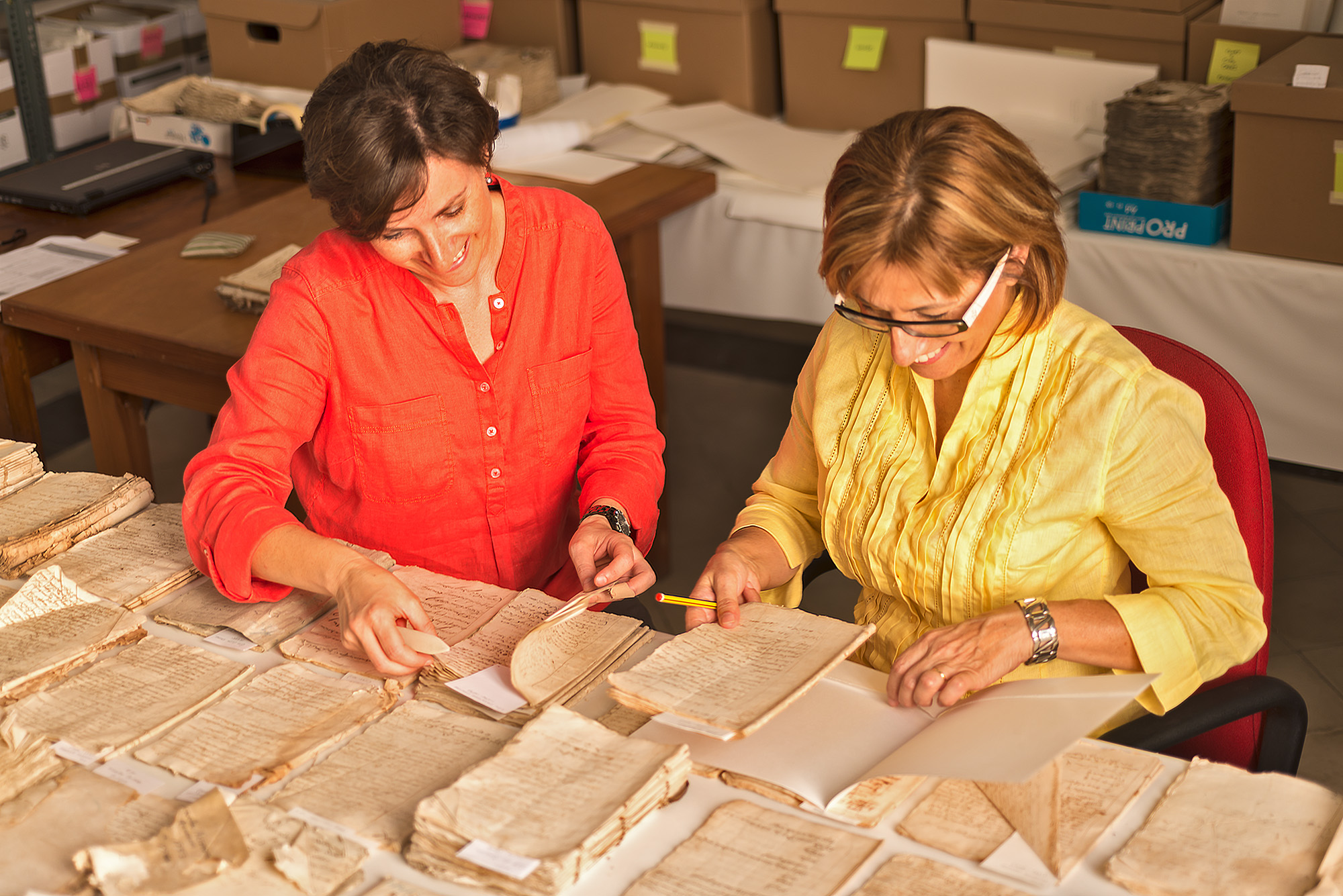
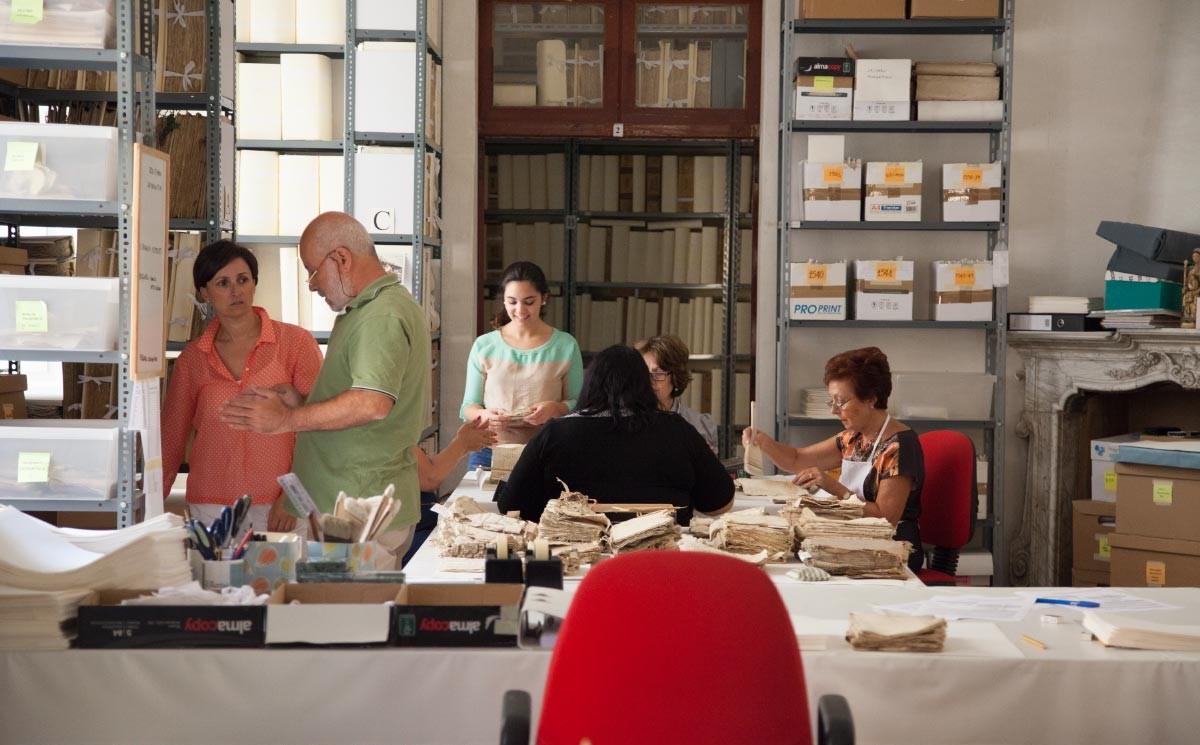
Scenes from the collective effort to save the Archive, with volunteers and professionals contributing through conservation, cataloguing, research and superficial cleaning.
The Notarial Archives Foundation
The natural next step was to formalise this work, with the NARC officially becoming a foundation: the Notarial Archives Foundation. The motto ‘ad servandum posteritati’—to preserve for posterity—was adopted, reflecting the Foundation’s mission to safeguard Malta’s paper heritage for future generations.
Finally, in 2023, in a historic moment, the Notarial Archives Foundation, together with the National Archives of Malta and the Maltese Government, signed a Memorandum of Understanding. This agreement granted the Foundation custody of the Notarial Registers Archive and the responsibility of managing its operations and transforming it into the centre of excellence envisioned over many years of work.
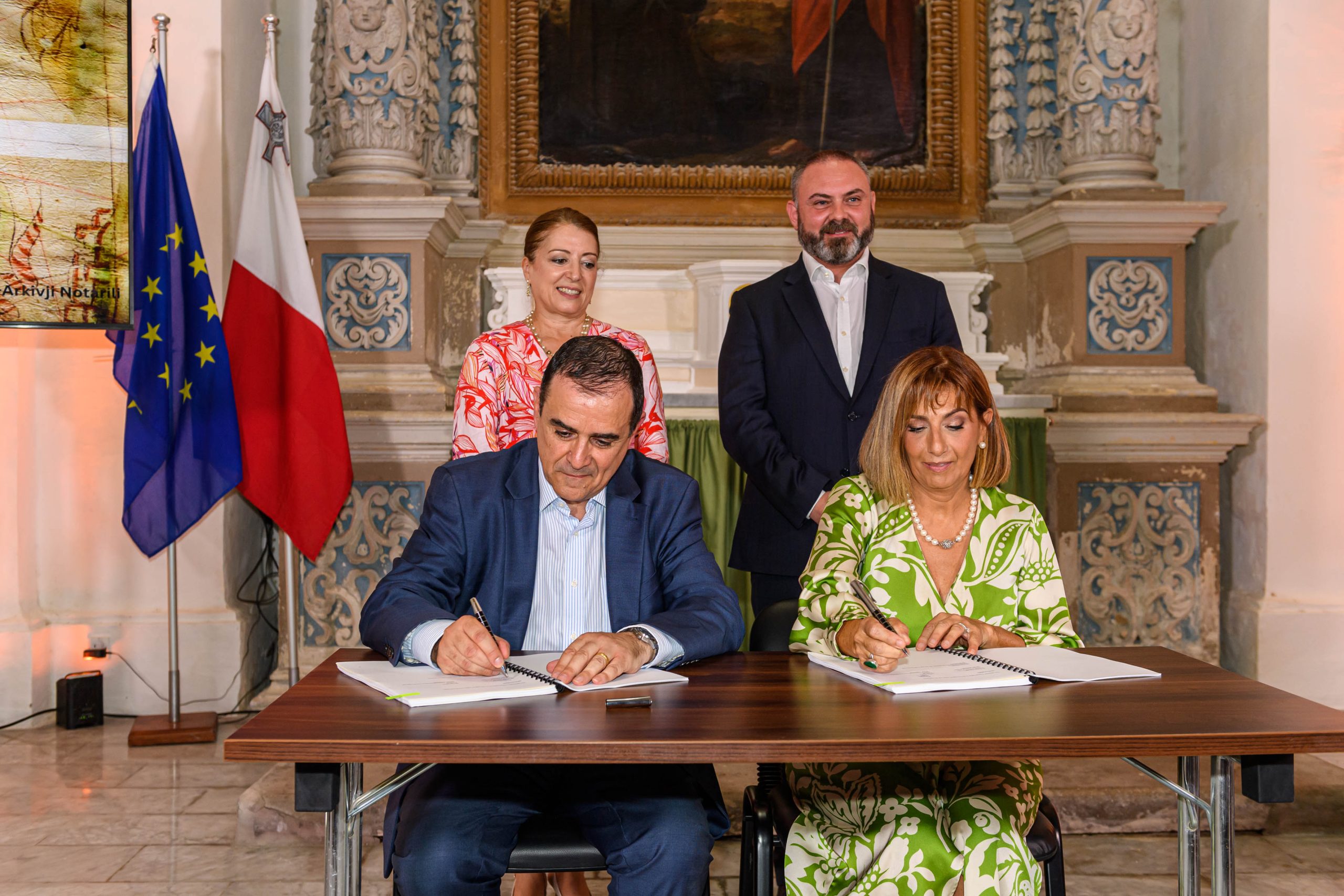
Today marks the two-year anniversary of the signing of the Memorandum of Understanding that entrusted the Notarial Archives Foundation with the custodianship of the Notarial Registers Archive. Since then, many new projects have been undertaken and several milestones have been achieved, each of which is a testament to the vision and hard work of Dr Joan Abela, her team, and the many generous sponsors who stepped in to help.
